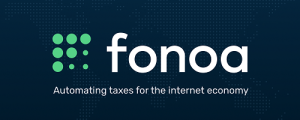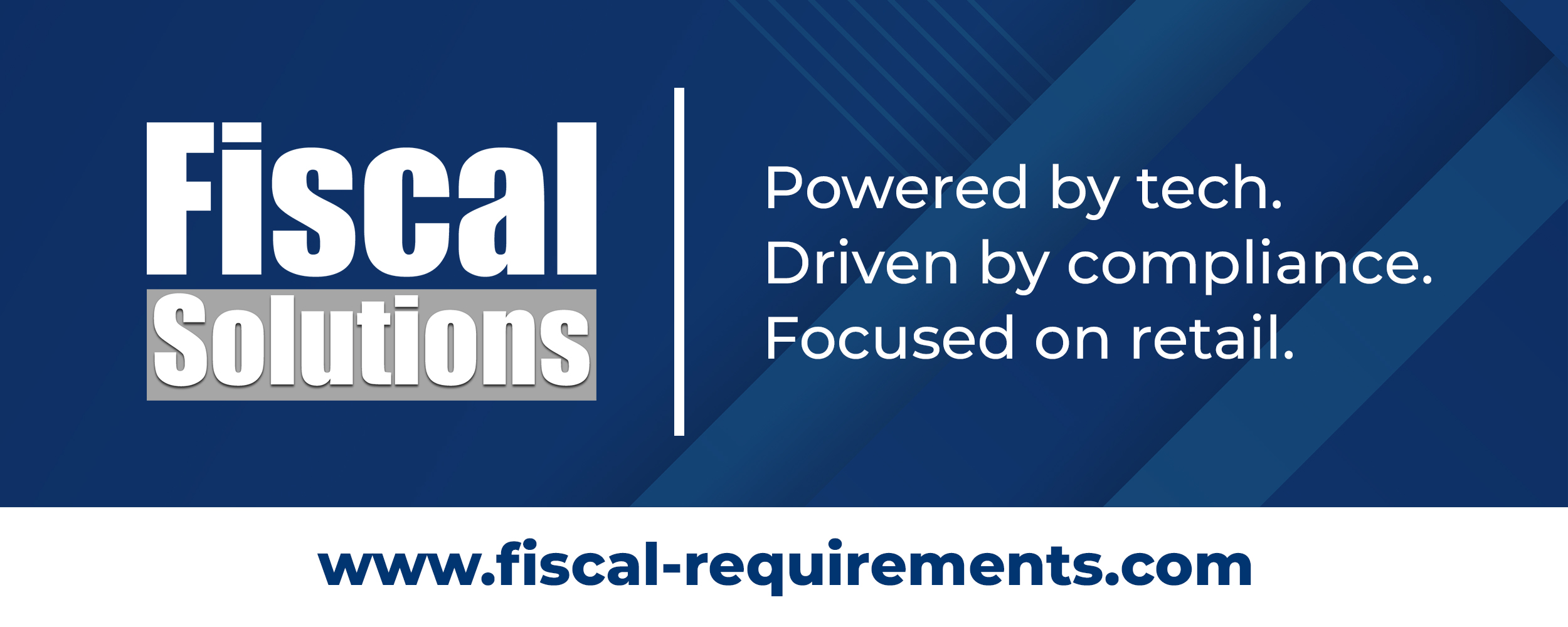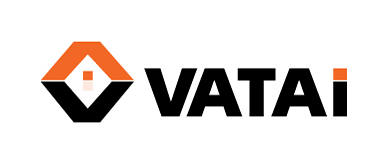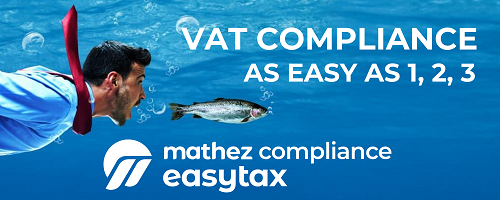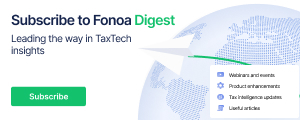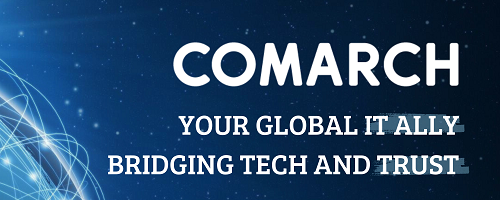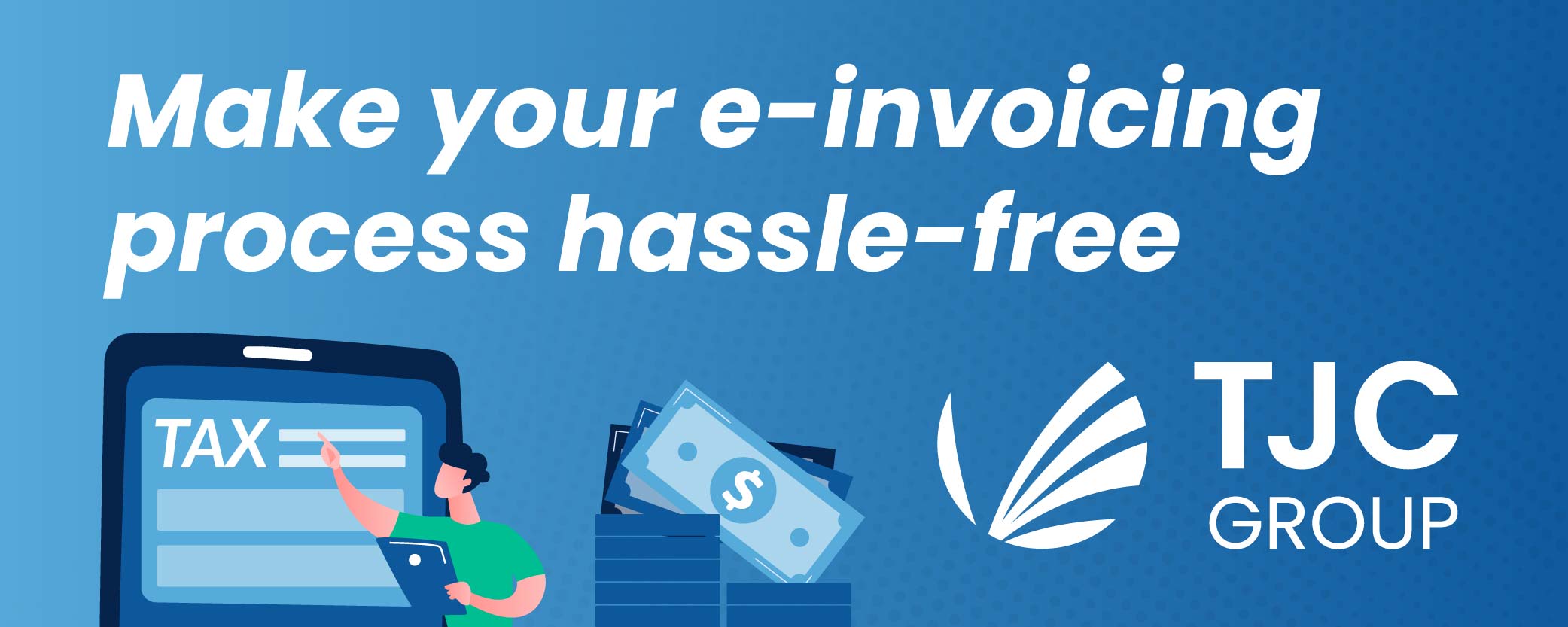The European Union’s (EU) cross-border reverse charge mechanism is a fundamental aspect of intra-EU trade in goods and services which applies to many transactions between businesses in different EU member states. However, since the United Kingdom (UK) left the EU on 1 January 2021 (i.e. after Brexit), the scope and application of the cross-border reverse charge mechanism between the UK and the EU have changed.
- What is the reverse charge mechanism?
- What is it?
- When does it apply?
- How does it work?
- Example of the Reverse Charge Mechanism
- An unusual aspect of the UK Reverse Charge Mechanism
- What changed in the UK reverse charge after Brexit?
- What is the Northern Ireland Protocol?
- How does VAT between the UK and EU work after Brexit?
- Selling goods and services from the EU to Great Britain (England, Scotland, and Wales) – not Northern Ireland
- Selling goods and services from the EU to Northern Ireland
- Selling goods and services from the UK to the EU
- Selling goods and services from Northern Ireland to the EU
- What happens to sales and movements of goods between Great Britain and Northern Ireland?
- What happened to EC Sales Lists after Brexit?
- What happened to Intrastat declarations after Brexit?
- What is postponed VAT Accounting
- Do I need an EORI number after Brexit?
- What happened to the VAT MOSS after Brexit?
- How can I validate a Northern Ireland VAT number?
- What happened to the UK Domestic Reverse Charge after Brexit?
- Conclusion
Source: Fonoa
Click on the logo to visit the website
Latest Posts in "United Kingdom"
- Upper Tribunal Rules Cosmetic Treatments by Medical Professionals Can Qualify for VAT Exemption
- High Court Rules Interest Payable on VAT in Contract Dispute Settlement
- FTT Grants Late VAT Appeal Despite Rejected Review Request Arguments
- Property TOGCs Under the Microscope: Navigating VAT Conditions and HMRC Expectations
- Fintua Sponsors Indirect Taxes Annual Conference 2025 in London (Nov 12)



